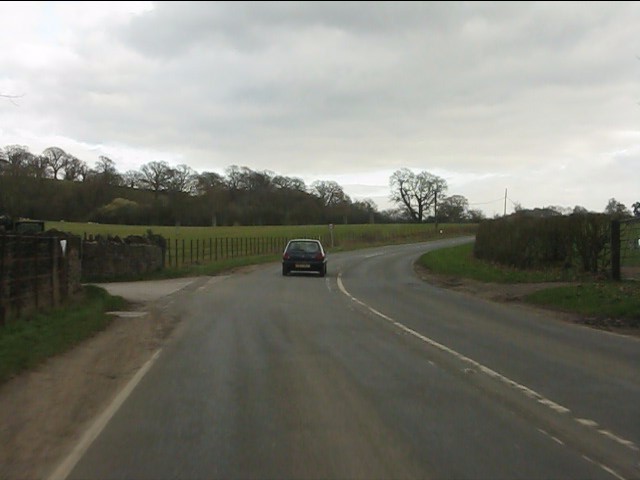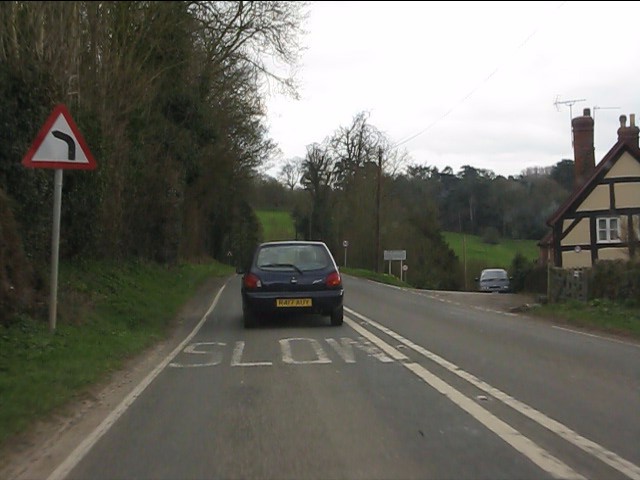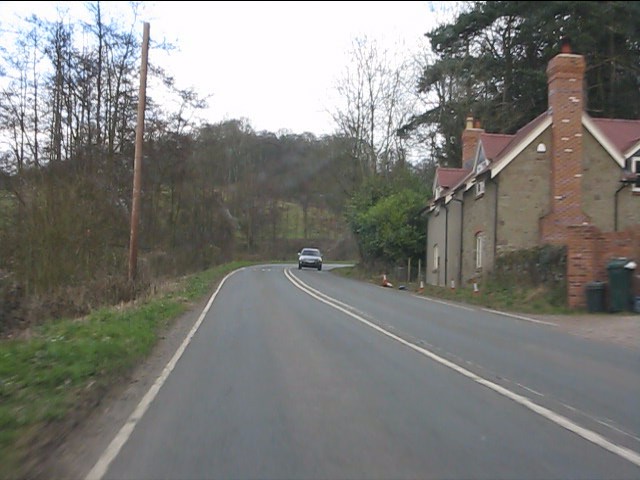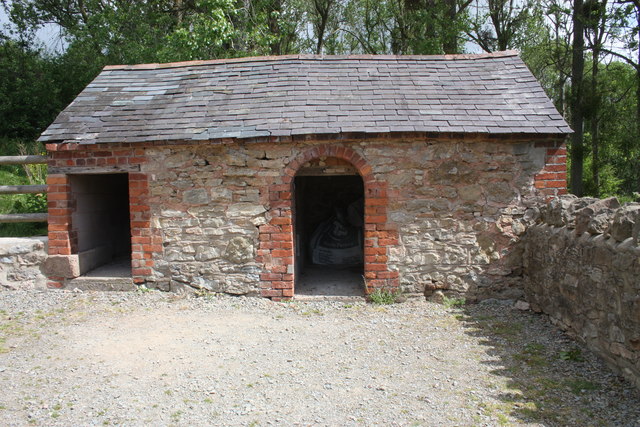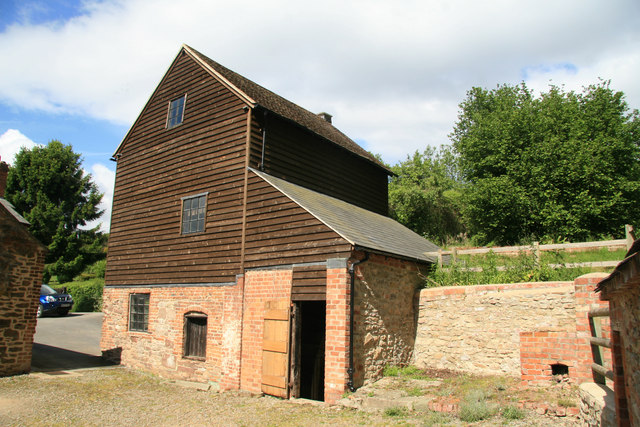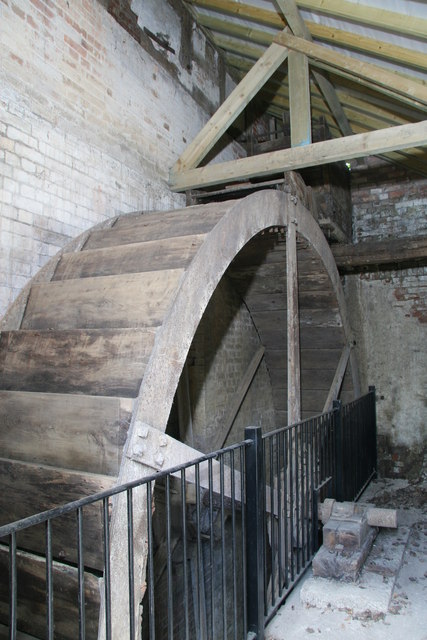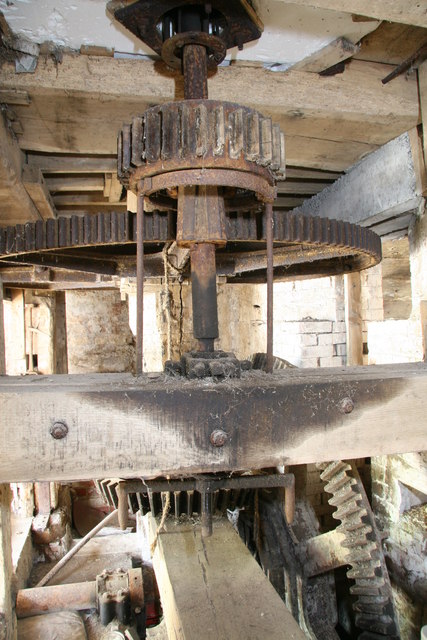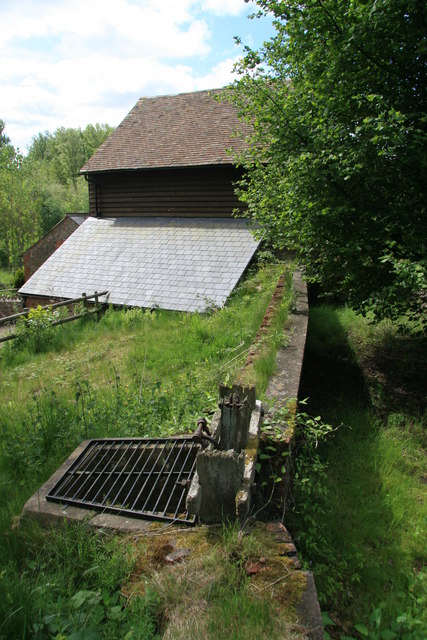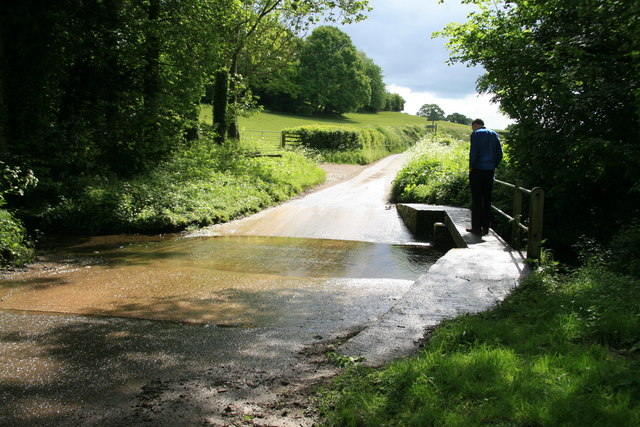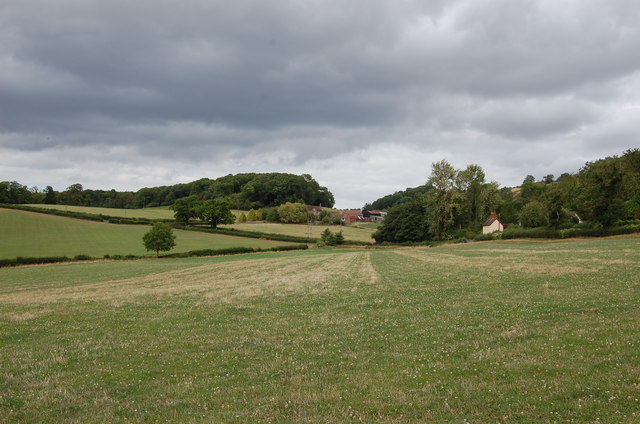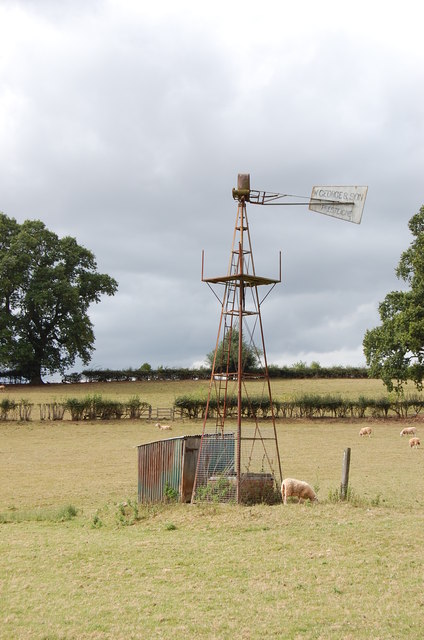Hill Coppice
Wood, Forest in Herefordshire
England
Hill Coppice
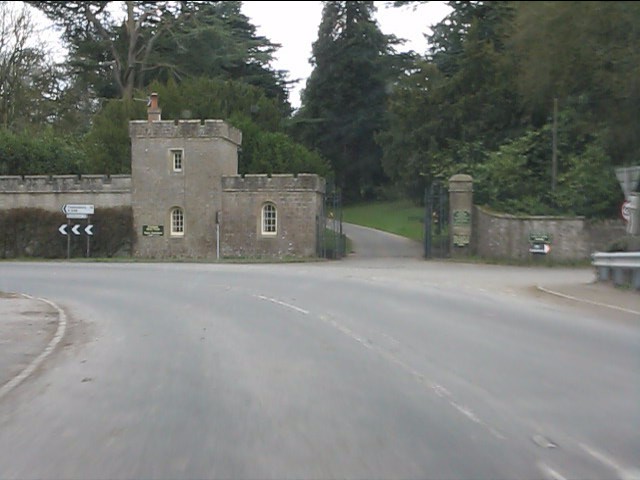
Hill Coppice is a picturesque woodland located in Herefordshire, England. Covering an area of approximately 100 acres, this enchanting forest is a haven for nature enthusiasts and outdoor adventurers alike.
The woodland is characterized by its dense canopy of mature trees, including oak, beech, and ash, which provide a stunning display of colors throughout the seasons. The forest floor is adorned with a rich carpet of wildflowers, ferns, and mosses, creating a vibrant and diverse ecosystem.
Hill Coppice is home to a wide variety of wildlife, making it a popular destination for birdwatchers and animal lovers. Visitors may encounter woodland birds such as the great spotted woodpecker, tawny owl, and nuthatch, as well as mammals like badgers, foxes, and deer. The forest also supports a range of insect species, including butterflies and bees.
Walking trails wind their way through the woodland, offering visitors the chance to explore its hidden treasures. The paths meander through towering trees and along babbling brooks, providing a serene and tranquil escape from the hustle and bustle of everyday life. In spring, the forest bursts into life with a riot of blossoms and fresh green foliage, creating a magical atmosphere that captivates all who visit.
Hill Coppice is not only a natural wonder but also plays an important role in conservation efforts. It is managed sustainably, with careful consideration given to preserving its unique biodiversity and ecological balance.
Overall, Hill Coppice in Herefordshire is a truly enchanting forest, offering visitors a chance to reconnect with nature and immerse themselves in its beauty.
If you have any feedback on the listing, please let us know in the comments section below.
Hill Coppice Images
Images are sourced within 2km of 52.016085/-2.3776287 or Grid Reference SO7435. Thanks to Geograph Open Source API. All images are credited.
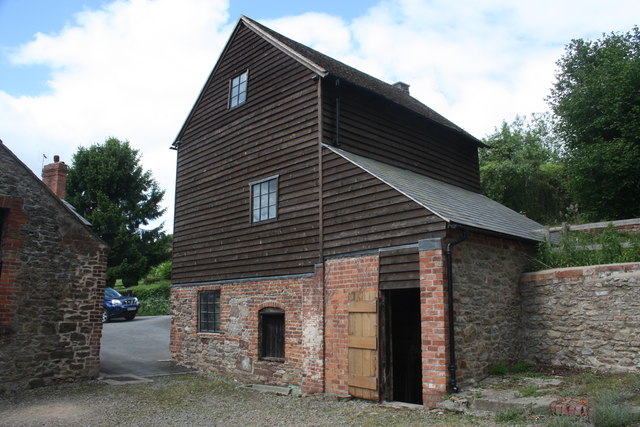
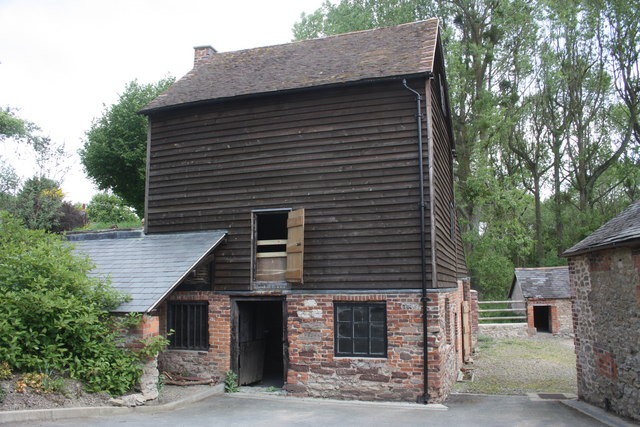
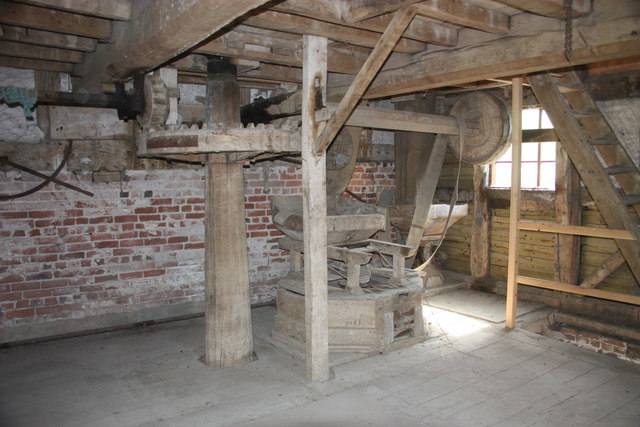
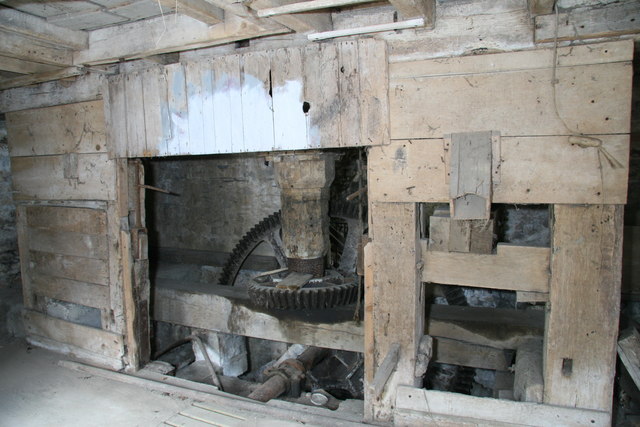
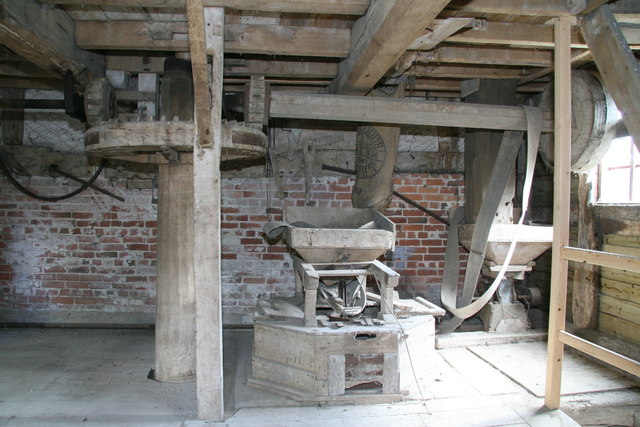
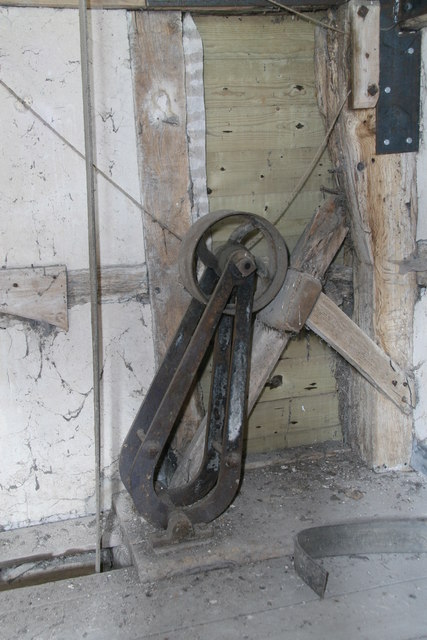
Hill Coppice is located at Grid Ref: SO7435 (Lat: 52.016085, Lng: -2.3776287)
Unitary Authority: County of Herefordshire
Police Authority: West Mercia
What 3 Words
///keyboards.speeded.grant. Near Donnington, Herefordshire
Nearby Locations
Related Wikis
Bromsberrow
Bromsberrow (or Bromesberrow) is part of the Forest of Dean district. The village is close to the meeting point between Gloucestershire, Herefordshire...
Eastnor Castle
Eastnor Castle, Eastnor, Herefordshire, is a 19th-century mock castle. Eastnor was built for John Cocks, 1st Earl Somers, who employed Robert Smirke, later...
Whiteleaved Oak
Whiteleaved Oak is a hamlet in the English county of Herefordshire, lying in a valley at the southern end of the Malvern Hills between Raggedstone Hill...
Bronsil Castle
Bronsil Castle was a fortified manor house about 1 mile (1.6 km) to the east of Eastnor in Herefordshire, England near Ledbury). It is a Grade II* listed...
Nearby Amenities
Located within 500m of 52.016085,-2.3776287Have you been to Hill Coppice?
Leave your review of Hill Coppice below (or comments, questions and feedback).
